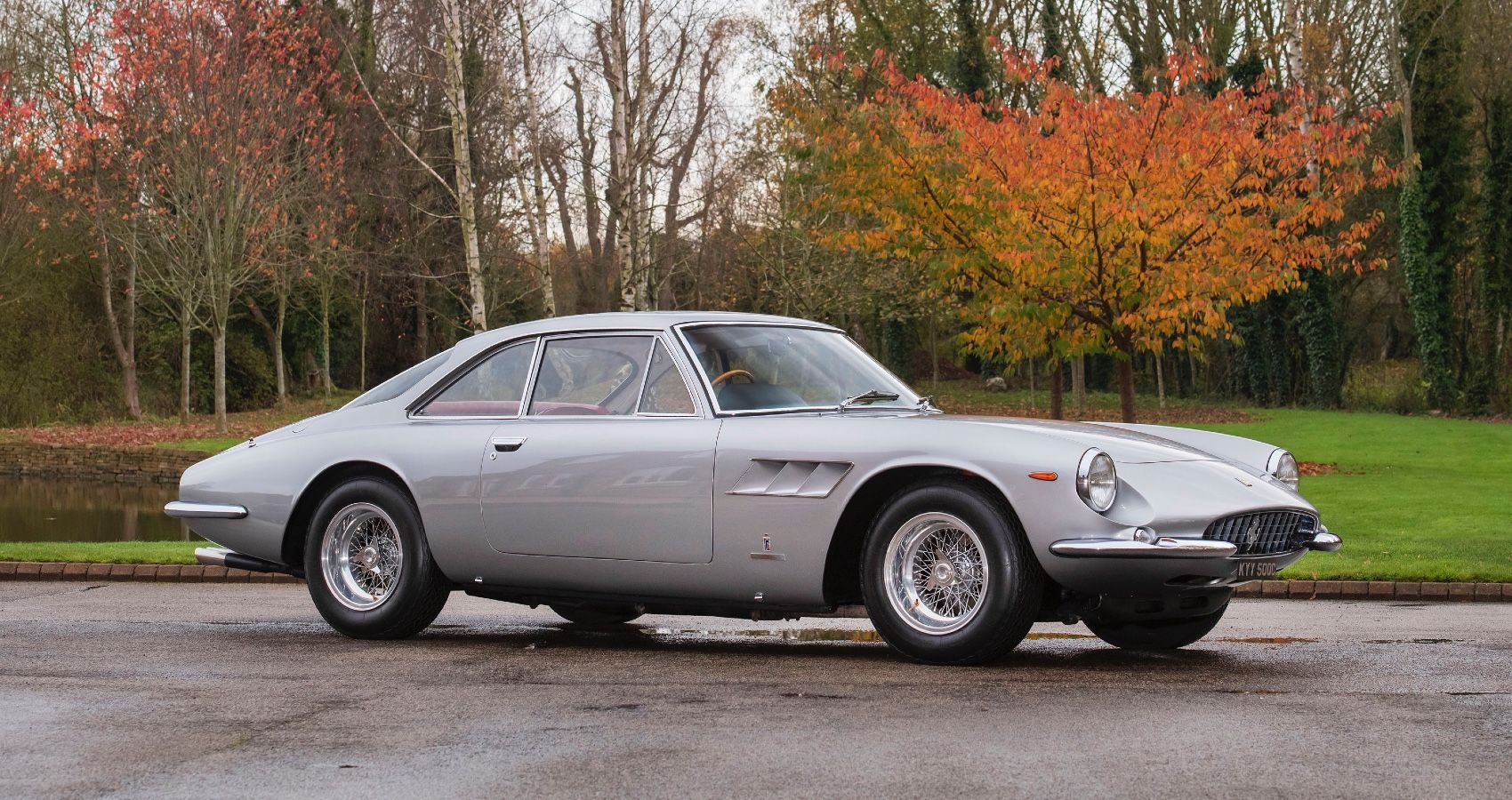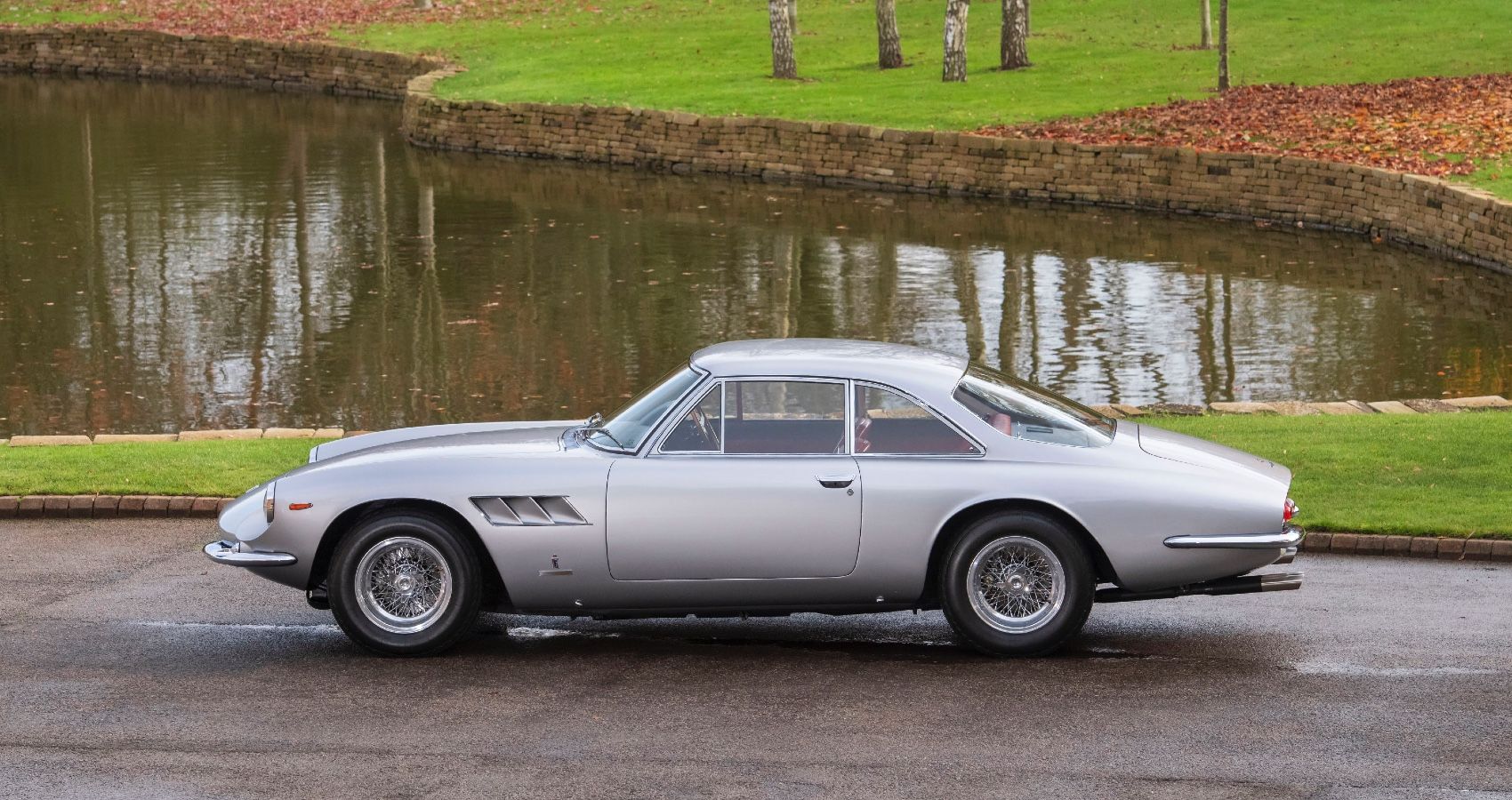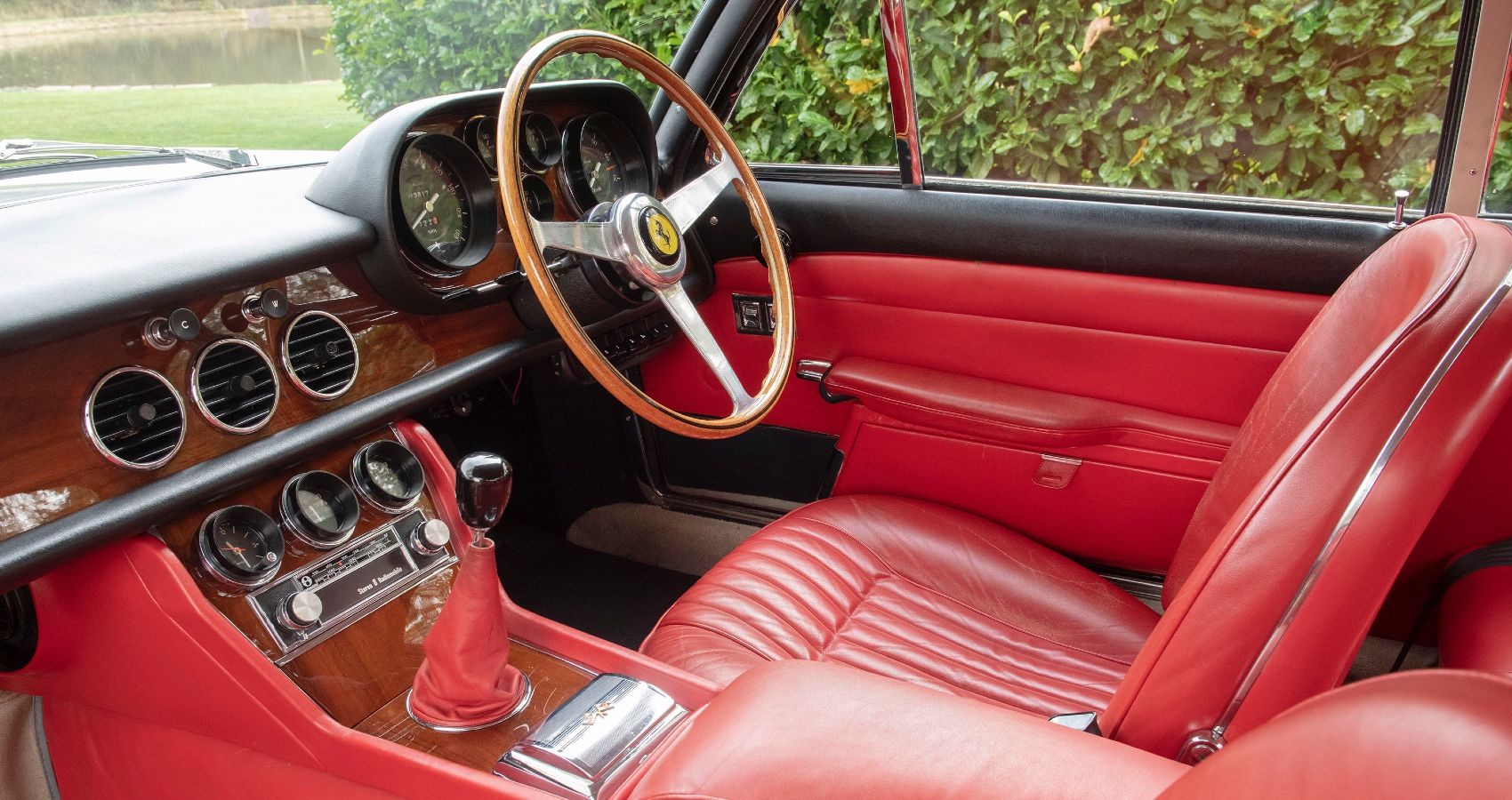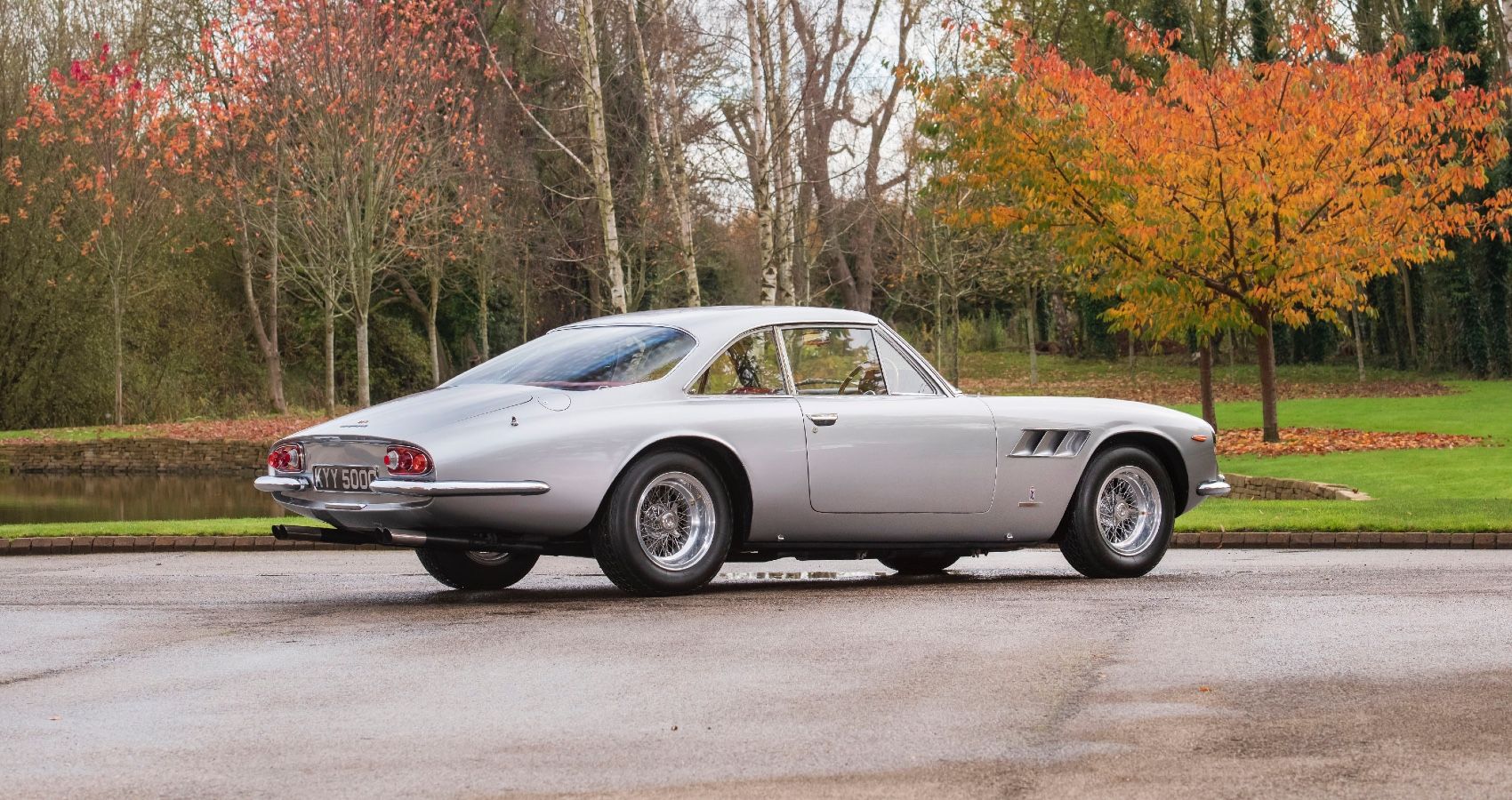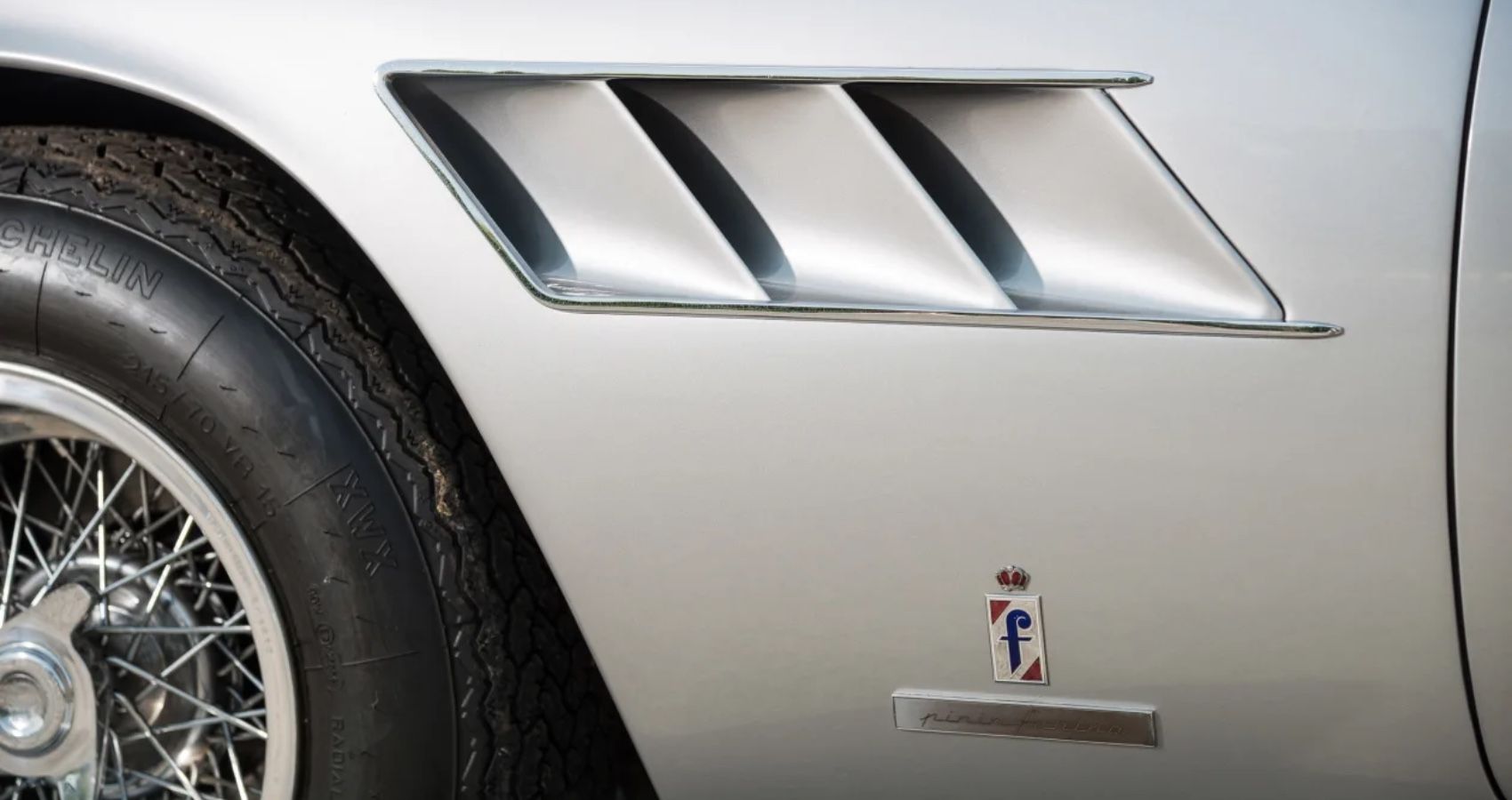Ferrari’s glory days were, in fact, during the mid-’50s and ‘60s. Back when Ferrari wasn’t churning as they do now, the world was gifted with several classics. Wealthy enthusiasts were given a lot of options in the form of the 250 GT, the Cali Spyder, the breadvan, and a host of other desirable cars. The 250 GTO set a record for being the most expensive car sold at auction; the 250 SWB still has drool-worthy looks that demand a million bucks; the 275 GTB/4 is a head-turner, as is the iconic Ferrari Daytona.
However, we like to shed a light on the little-known icon from the Ferrari stable. Our topic for this discussion is the Ferrari 500 Superfast, one of the rarest cars ever to leave Maranello. It was the last of the America and Superamerica series of the ‘50s and early ‘60s. Just 36 units were ever made, excluding a one-off 330 GT 2+2 with the 500 Superfast’s body shell made for Prince Bernard of the Netherlands. Costing twice as much as a 275 GTB, the Ferrari 500 Superfast was an extremely bespoke item offered to the elite. Think of its as a Bugatti Centodieci or La Voiture Noire of the ‘60s.
As you can imagine, the people who owned this incredibly expensive Ferrari belonged to the 1% of the 1%. We’re talking successful property moguls, famous actors, and princes. Even the Shah of Iran had a couple. Yes, he commissioned two 500 Superfasts! Let us remind you that the 500 Superfast was around $15,000 when new, whereas the 275 GTB had an asking price of circa $7,000 in the sixties.
Ferrari 500 Superfast: A Feast For The Eyes
There’s no doubt regarding how beautiful the 500 Superfast was. The artisans responsible were folks at Pininfarina. Of course, each designer played very different roles, but their dexterity was the highlight. Pininfarina was responsible for designing the car’s extremely curvaceous bodywork. The flowing body lines and minimal sculpture made the design a head-turner. The formula was pretty easy given that they’ve already made a few design icons, including many in the 250 lineup.
Series I cars had a 11-louver design on the front wings, whereas Series II models had a three-slot gill, similar to the 330 GT. The sculpture was unmistakably Ferrari, with the Pininfarina influence at its full display. Featuring an elliptical front grille that’s shallow and flanked by two open headlights, the front end was quintessentially Ferrari. The sides saw the aforementioned gills and slim roof pillars that elegantly flow to give the car an elongated side profile. Unique taillights adorned the rear end along with quad exhaust pipes, signifying power and elegance.
The interiors were exquisite as well. You can pretty much option anything you like. There are stories of customers wanting the exact 300 SL red leather and Ferrari having to politely say no, pointing out the color may not match exactly. This wasn’t the case with regular Ferraris of the time. Usually, buying a Ferrari in the sixties was about filling an order book and waiting for delivery. This special back and forth communication was a privilege reserved exclusively for the 500 Superfast clients.
Ferrari 500 Superfast: Technological Tour de Force
The Ferrari 500 Superfast was one of the finest creations ever to leave Maranello. It was conceived during a time when Enzo Ferrari famously said, ‘I sell engines. I throw in the car for free.’ The bespoke 5.0-liter V12, which sounds small compared to the current Ferrari V12s, made around 400 hp and had a 4-speed gated shifter. The Series II 500 Superfast came with a slightly upgraded 5-speed gated manual. This was a time when the 275 GTB was putting around 260 horsepower. So having nearly twice as much power meant the real deal back in the ‘60s. Of course, the 500 Superfast was reserved for the most successful and influential people of the time. Anything less just wouldn’t suffice.
It’s worth mentioning that the 500 Superfast had a couple of cool features like electric windows and all-wheel disc brakes, which were uncommon for the time. Moreover, the Colombo V12 engine used a triple carburetor and twin-cam setup, which was common to sports cars but was fairly unreliable. That wasn’t the case with the Ferrari V12, which was one of the more reliable twin-cam motors at the time.
The 500 Superfast is more of an underrated Ferrari in many ways and is still not as expensive as other Ferraris from the same era. Furthermore, the Ferrari 500 Superfast came in a time when regulations were never a thing, and designers were given a free hand. Very much the prime of automotive design and giving birth to some of the best classics ever, the sixties was a period when manufacturers never really bothered about pedestrian safety or anti-lock brakes.
Sources: Ferrari, Tom Hartley Jnr

